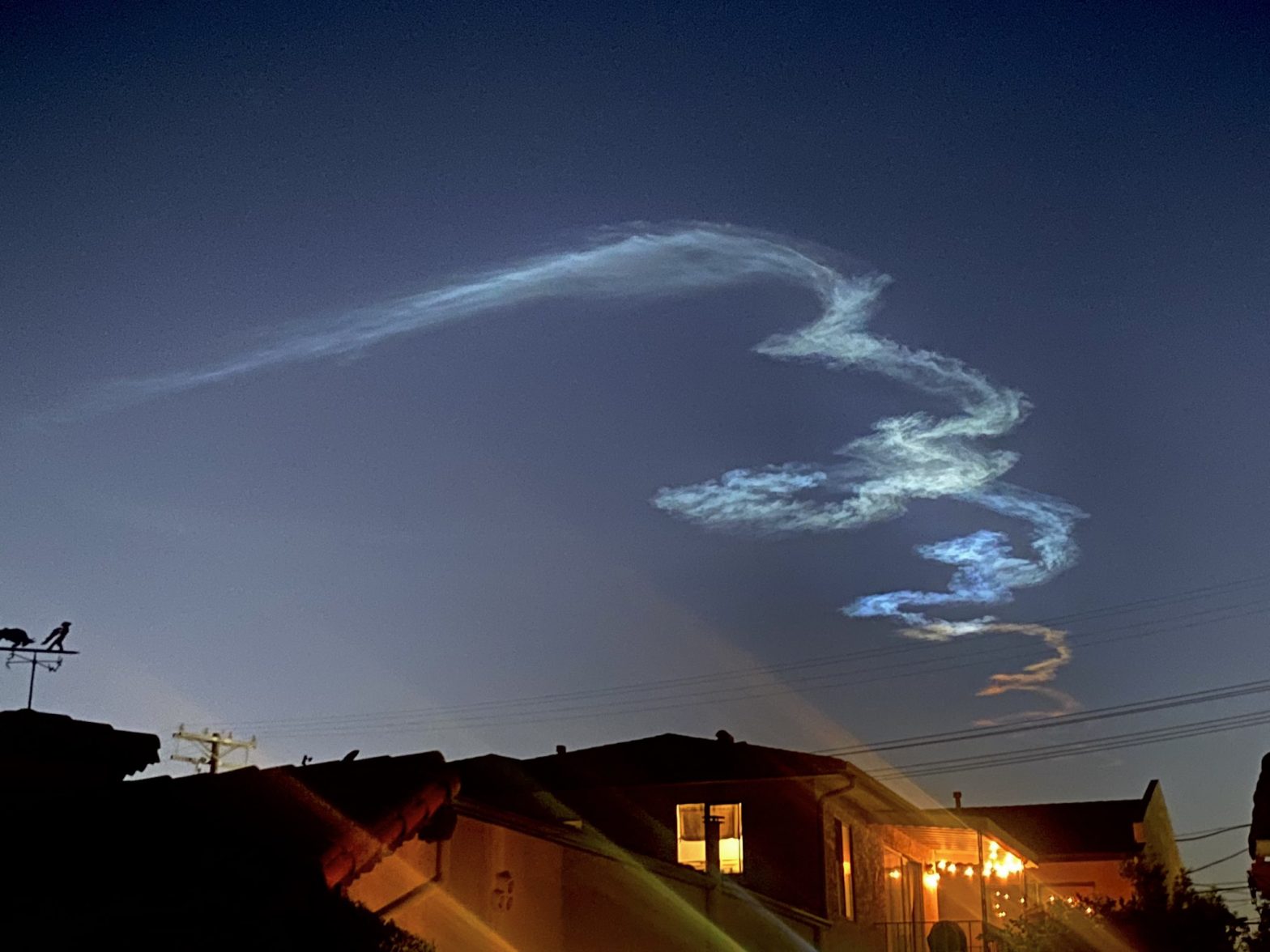The Firefly Alpha flight 3 was launched from Vandenburg at 0227 UTC today carrying Space Force’s Victus Nox payload.
Firefly Alpha is a small satellite launch vehicle developed by Firefly Aerospace, a private aerospace company. It is designed to carry small and medium-sized payloads to low Earth orbit.
Firefly Aerospace Inc. is an American space transportation company dedicated to facilitating cost-effective and accessible space access for small payloads. They achieve this goal by designing, manufacturing, and operating reliable launch and spacecraft vehicles. Firefly’s launch vehicles are built using shared technologies, manufacturing infrastructure, and launch capabilities, enabling them to offer solutions for launching payloads to Low Earth Orbit (LEO), with plans for up to ten metric tons of payload capacity in the future. Additionally, Firefly’s in-space vehicles, such as the Space Utility Vehicle (SUV) and Blue Ghost Lunar Lander, provide comprehensive mission capabilities, from LEO missions to lunar surface missions and beyond. The company is headquartered in Cedar Park, Texas.
Victus Nox
One of the notable projects involving Firefly Aerospace is the launch of the Victus Nox payload. “Victus Nox” is a Latin term that translates to “conquer the night.” This particular satellite and project are managed by the United States Space Force (USSF) Space Systems Command (SSC). In October 2022, SSC awarded contracts to Millennium Space Systems for the construction of the satellite and Firefly Aerospace for its launch. The project, known as Tactically Responsive Space-3 (TacRS-3), falls under the purview of SSC’s Space Safari program. The primary objective of this experiment is to demonstrate the feasibility of rapid launch turnaround in space missions, pushing the boundaries of technology and responsiveness in space operations.
The SSC Space Safari program possesses the capability to request the construction and preparation of a satellite, a task entrusted to Millennium in this instance. Millennium selects a satellite from its production line and adapts it to meet the specific requirements of the Space Safari program. Once this modification process is complete, Millennium enters an “activation” phase, positioning the satellite for prompt delivery to Firefly.
Upon receiving the directive to dispatch the satellite, a strict six-month countdown is initiated, during which the Space Safari program has the authority to request a launch within a mere 24-hour timeframe. Within this brief window, dedicated teams at both Millennium and Firefly Aerospace are tasked with conducting final assessments of the satellite and the launch vehicle. Their responsibilities include the crucial step of joining the satellite with the launch vehicle and ensuring the operational readiness of all systems. Additionally, the preparation includes fueling for the upcoming launch.
It is important to note that, as of the most recent information available, no other launch provider operates under these remarkably swift call-to-launch conditions. By way of comparison, the Tactically Responsive Space-2 (TacRS-2) mission experienced a notably longer turnaround period of 11 months. This underscores the exceptional speed and responsiveness of the SSC Space Safari program, setting it apart from traditional launch operations.
Also Read: NASA Antares rocket launch: When and where to watch
Alpha
Alpha is a compact launch vehicle developed and constructed by Firefly Aerospace. It boasts an impressive payload capacity, capable of carrying up to 1,170 kg to a 200 km Low Earth Orbit (LEO) at a 28.5° inclination, or 745 kg to a 500 km Sun-Synchronous Orbit (SSO). Among small lift launch vehicles, Alpha stands out as one of the largest.
This two-stage rocket relies on liquid propulsion technology, using highly refined kerosene (RP-1) as fuel and liquid oxygen (LOx) as the oxidizer. Alpha is distinguished by its substantial size, measuring a total height of approximately 29.48 meters (roughly 96.7 feet) and a diameter of 1.8 meters (about 71 inches), with an additional fairing that measures 2.21 meters (approximately 87 inches).
Notably, the rocket’s construction is entirely crafted from advanced carbon-fiber composite materials. This choice of materials results in a lighter yet exceptionally robust vehicle, enabling it to transport larger payloads compared to rockets constructed from traditional metal materials.







